The fossil record of dinosaurs is a treasure trove of information, offering glimpses into a lost world. While skeletal remains often dominate paleontological research, paleoanatomy, specifically the study of ancient animal structures, is increasingly revealing nuanced details about their lives. Analyzing fossil teeth, in particular, has proven remarkably effective in reconstructing dinosaur diets and lifestyles. However, it’s a growing area of inquiry to explore if the shape and structure of a dinosaur’s teeth – its morphology – can also provide insights into how they moved and interacted with their environment. This research aims to move beyond simply identifying what they ate and to begin understanding the mechanics of their movement.
Understanding dinosaur locomotion, or how they moved, is a complex puzzle. Traditional methods rely heavily on bone analysis, which can be subject to taphonomic alteration (changes to the bones during fossilization), making it difficult to accurately determine how a dinosaur actually walked, ran, or even swam. Therefore, investigating alternative data sources – such as tooth morphology – provides a complementary approach, offering a potentially more stable and detailed picture of their motor capabilities, and the biomechanics of their movement.
Dental Morphology: A Window to the Past
Dental morphology itself is incredibly varied among dinosaur species. Tooth shape – whether conical, flattened, ridged, or blade-like – offers a direct indication of feeding habits. For example, dinosaurs with robust, shearing teeth were likely adapted for processing tough vegetation, while those with pointed, serrated teeth were probably equipped for capturing and consuming smaller animals. The arrangement of teeth within the jaw, too, is crucial. Mesosaurs, a group of early archosaurs, possessed a dental battery - a continuous, overlapping row of teeth - which suggests a specialized diet of soft invertebrates. This type of dental morphology is dramatically different from the more tooth-rowed arrangements seen in many later theropods.
Furthermore, factors like tooth size, number of teeth, and even the presence of enamel thickness can all contribute to dietary reconstructions. Larger teeth generally correspond to larger prey or tougher vegetation. The degree of wear on the teeth also provides valuable information. Heavily worn teeth suggest an abrasive diet, potentially indicating the consumption of hard plant materials like ferns or conifer needles. Conversely, lightly worn teeth suggest a softer diet. The combined analysis of these features provides a robust, multi-faceted approach to understanding a dinosaur’s feeding strategies.
Comparing Tooth Types & Locomotion
Several studies have begun to link specific tooth types with certain movement styles. Theropod dinosaurs, a diverse group including Tyrannosaurus Rex and Velociraptor, often exhibit tooth arrangements and overall dental morphology associated with gripping and tearing, indicative of a predatory lifestyle requiring quick bursts of speed. These teeth are typically conical and robust, providing a strong grip for holding prey. Conversely, herbivores like Triceratops, with their large, ridged teeth, are linked to slower, more deliberate movements, necessary for browsing on low-lying vegetation.
However, this connection isn't always straightforward. The speed and agility of a dinosaur are influenced by numerous factors beyond just its teeth – including skeletal proportions, muscle attachments, and overall body plan. For example, some ornithomimids, bird-like dinosaurs, possessed relatively long legs and light bones, suggesting rapid, bipedal locomotion, despite their teeth being adapted for consuming small plants. These instances highlight the complexity of interpreting tooth morphology in the context of locomotion.
The Role of Jaw Mechanics & Muscle Attachments

It’s important to consider how a dinosaur's jaws and associated muscles functioned alongside their teeth. The shape of the jawbone itself, the placement of muscle attachment points, and the presence of specialized ligaments can all significantly affect the force and range of motion of the bite. A powerful bite is obviously associated with capturing and subduing prey, and would necessitate strong jaw muscles and robust skeletal structures. On the other hand, a more delicate bite, focused on stripping leaves, would require a different set of anatomical features.
Furthermore, the architecture of the jaw joint is critically important. The articular surface, where the jawbone connects to the skull, dictates the range of motion and the type of movement possible. Different jaw joint designs support different feeding methods – some are suited for shearing, others for crushing, and others for clamping. This intricate interplay between tooth morphology and jaw mechanics reveals a remarkably sophisticated system of biomechanical adaptation.
Beyond Simple Diet: Expanding the Scope of Analysis
Recent research has pushed beyond simply identifying a dinosaur’s diet and explored how tooth morphology might correlate with specific aspects of locomotion. For instance, the shape of teeth can provide clues about the way a dinosaur supported its weight – whether on its feet, its tail, or a combination of both. Studies have suggested that some theropods, particularly those with serrated teeth, may have used their tails for balance during running, providing a counterbalance to their powerful leg muscles.
Ultimately, analyzing tooth morphology offers a richer and more nuanced understanding of dinosaur behavior. By combining this data with other paleontological evidence – skeletal analysis, trace fossils, and geological context – researchers are beginning to paint a more complete picture of these magnificent creatures and their lives.
Conclusion
The study of dinosaur teeth and their morphology has rapidly evolved from a simple dietary assessment tool into a powerful method for reconstructing dinosaur locomotion. While the relationship isn’t always direct or easily predictable, the evidence strongly suggests that tooth shape, size, and wear patterns can offer valuable insights into how these animals moved and interacted with their environment. It’s clear that this interdisciplinary approach, blending paleontology, biomechanics, and comparative anatomy, is yielding increasingly detailed and exciting discoveries.
Moving forward, researchers must continue to refine their methodologies and expand their datasets, incorporating 3D imaging, finite element analysis, and comparative studies across a wider range of dinosaur species. By relentlessly pursuing these avenues of inquiry, we can further unlock the secrets held within dinosaur teeth and gain a truly remarkable appreciation for the complex and fascinating world of these ancient giants.
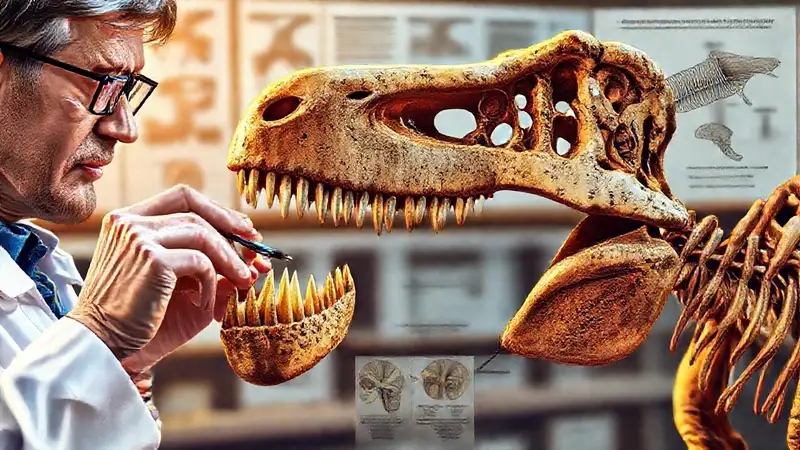

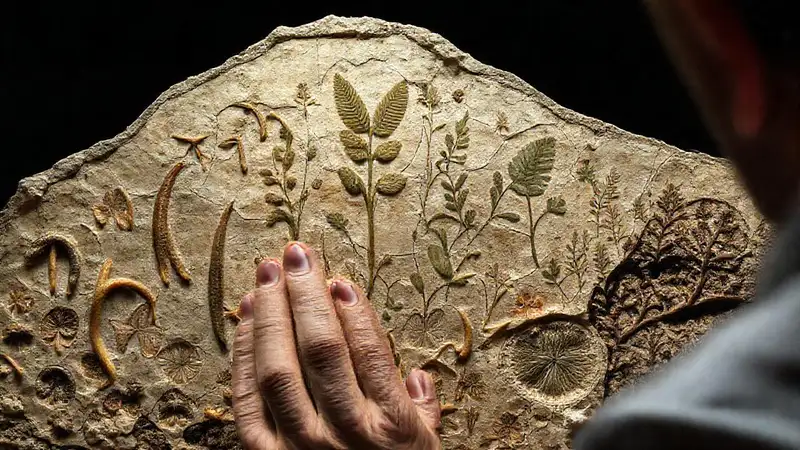
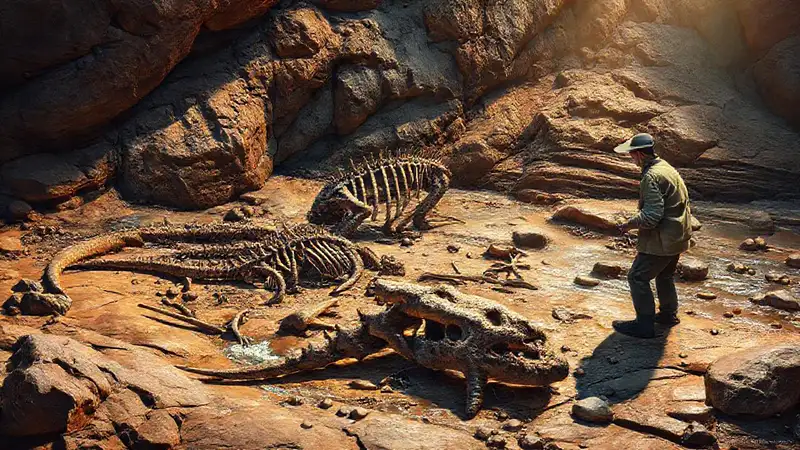
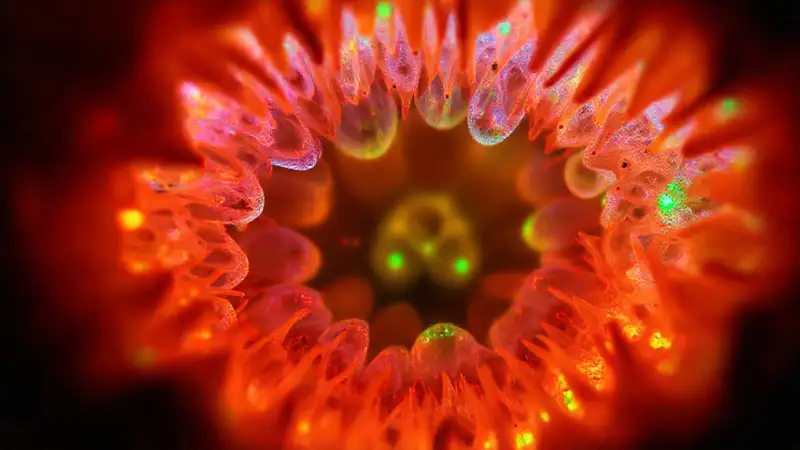
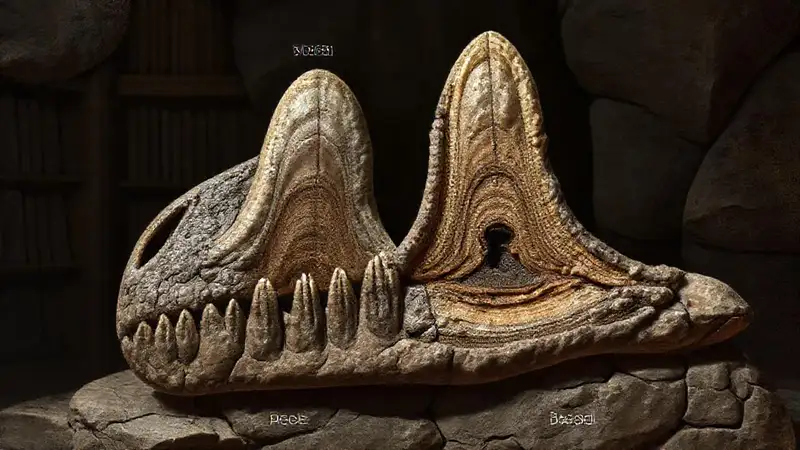
Deja una respuesta